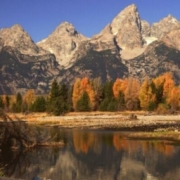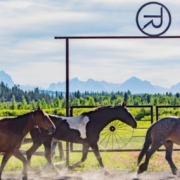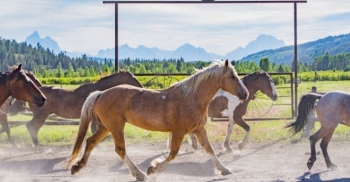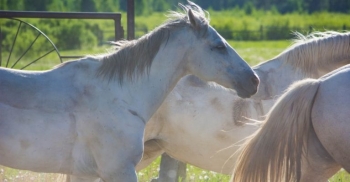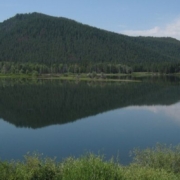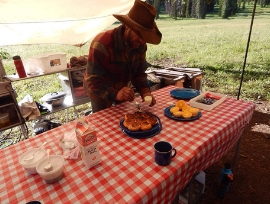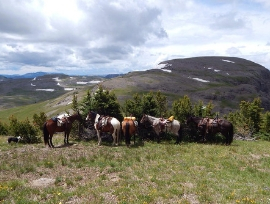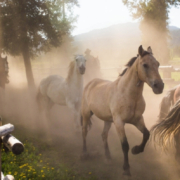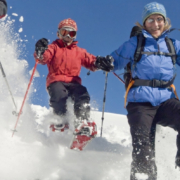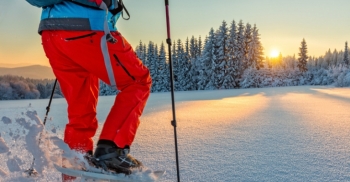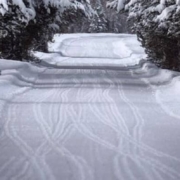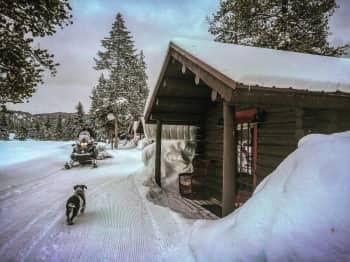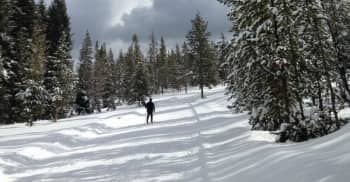The summer crowds at Grand Teton National Park can be a bit of a deterrent for some. Fall instantly removes that barrier. Vacation summers have been exhausted and kids are back in school, leaving you with a park that returns to its wide-open spaces.
Take advantage of the change in seasons to plan a trip to the ranch and treat Grand Teton likes it’s your private wilderness getaway. You won’t be disappointed.
Here are a few suggestions for your itinerary.
Jenny Lake
The size of the lake isn’t what’s going to take your breath away. It’s the beauty. The lake is perhaps one of the most photographed areas in the park as it sits with the Teton Mountains as the backdrop.
The views and hikes around the lake are huge draws during the summer. That’s why visiting in the fall is a much more attractive option. You’ll be able to explore the area without the jostling.
Jackson Lake
Views and activities abound at Jackson Lake. Rent a boat, fish, hike or grab a bite at Leeks Marina or Signal Mountain Marina. You can easily make several trips here to take in all that this gem of a lake has to offer.
Hiking
There is no shortage of hiking options at the ranch. You’ve got a plethora of hiking routes right outside your cabin door. Phelps Lake, Bradley-Taggard and Two Ocean Lake are a few other popular hiking spots in the park
If you want some insider knowledge, make sure to talk to the staff at the ranch for their favorite hiking spots.
Come With Us
You’ve always got the option of spending a half day with one of our experienced guides on one of our guided tours. You’ll hit well-known sites as well as a few favorite hidden locales while learning about the history of the area.
This also gives you the opportunity to customize your tour by letting the guide know what’s important to you.
Slow Roll
If your time is limited, a drive along the park’s Inner Park Loop Road gives you a representative perspective of what the area has to offer. You’ll be able to meander past Jenny and Jackson Lakes, get amazing viewpoints of the Grand Teton range and, if you’re lucky, see an abundance of wildlife. It’s not uncommon to spot deer, elk, bears, moose and pronghorn antelope along this route.

